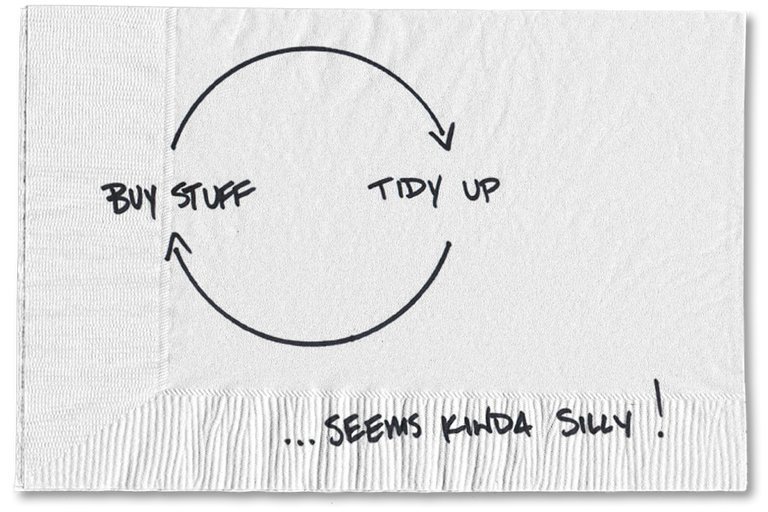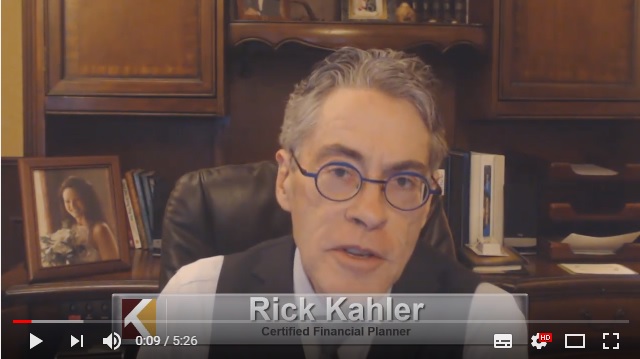The following blog is by Carl Richards originally published in The New York Times’ Blog.
My wife and I are setting up a customs screening station in our driveway. No, we’re not starting an international airport. And it’s not for solicitors, strangers or gift-bearing guests.
It’s for us and our stuff.
From now on, before anything new comes into the house, resident buyers will need to answer a series of questions. How much did it cost? Are you replacing something you already own? Why do you think it’s amazing? And if it’s food, are you sure you’ll eat it?
We’re doing this because stuff is taking over our home. And right now we’re in the process of getting rid of things we never use. We’re organizing, sorting and throwing things out from one end of the house to the other. And it feels. So. Good.
You know what I’m talking about, right? That moment of sheer relief when that thing you no longer need or even really want finally leaves your home.Marie Kondo, the guru of clearing clutter, has built a global community around this catharsis. Her name has become a verb.
But here’s the catch: Throwing stuff away is only half the battle. You have to stop stuff from coming into the house in the first place.
Consider, for example, what customs might have said about the super precision gyroscope with gimbals (trust me, click the link) that I bought more than a year ago and used precisely once: Cost? $250. Is it replacing something? No. Why is it amazing? Because of the gimbals! But $250 for gimbals? Denied.
Don’t get me wrong, the gyroscope is incredible. It works perfectly, so it’s not the gyroscope’s fault it sat around in a box for a year. It’s my fault for buying it in the first place. It never should have slipped through customs.
I recommend a stuff quarantine of seven days, particularly if we’re talking about anything that costs more than $50. Anything that you’re considering ought to sit in your head for at least a week, and you should test it out on your fellow customer officers. I’m writing from experience, because just as we’ve been getting rid of stuff, I’ve fallen in love with lululemon’s ABC pants for men. I bought a pair, and now I really want them in another color. Of course, it’s a cool, refined color that I’m sure I’ll wear all the time. So I ran the idea by my wife.
“Are you kidding me?” she said. “You’re going to buy pants that you’ll wear two or three times, and then will just hang in the closet?” She’s taking her screening duties seriously.
It’s hard to admit that there’s a slight chance she’s right. But in reality, she probably is. So the camo pants will go in the quarantine bin — for now.
Look, I know that buying things feels good. So does tossing out stuff that you don’t use. But wouldn’t it feel so much better to spend that time and money on something you’ll actually use or enjoy instead?
The answer is not to throw away the junk. The answer is the customs gate and the quarantine bin. Otherwise, if you’re not careful, the stuff you buy today will be the junk you throw away tomorrow.
About the author: For the last 15 years, Carl Richards has been writing and drawing about the relationship between emotion and money to help make investing easier for the average investor. His first book, “Behavior Gap: Simple Ways to Stop Doing Dumb Things With Money,” was published by Penguin/Portfolio in January 2012. Carl is the director of investor education at BAM Advisor Services. His sketches can be found at behaviorgap.com, and he also contributes to the New York Times Bucks Blog and Morningstar Advisor. You can now buy – “The Behavior Gap” by Carl Richard’s at AMAZON.







0 Comments